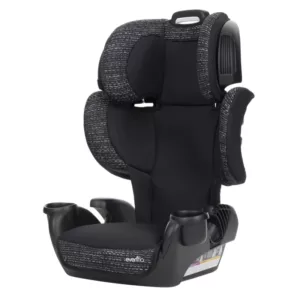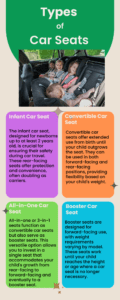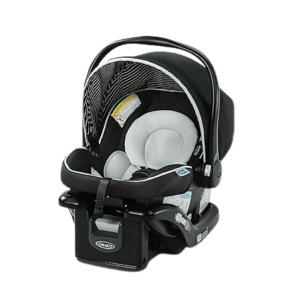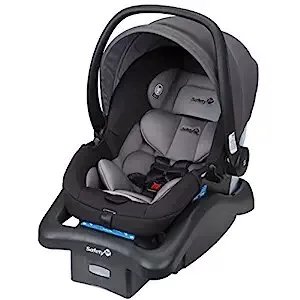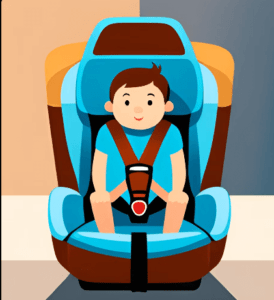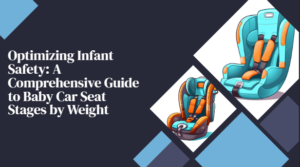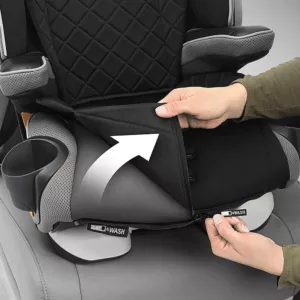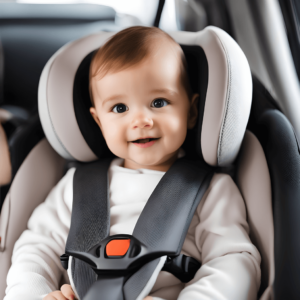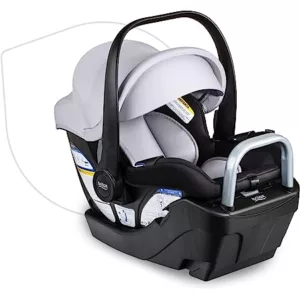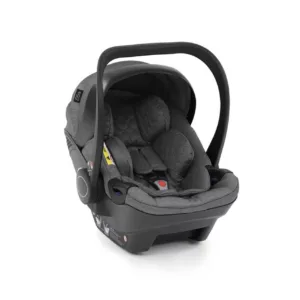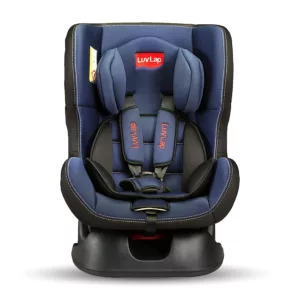In the hustle and bustle of daily life, ensuring the safety of our children while travelling in vehicles is paramount. Like many other states, Florida has implemented specific car seat laws to safeguard young passengers. Understanding these regulations is crucial for every parent or guardian hitting the road with little ones onboard. In this comprehensive guide, we delve into the intricacies of Florida’s car seat laws, exploring age, weight, and height requirements while shedding light on the importance of compliance and the consequences of non-compliance.
Thank you for reading this post, don't forget to subscribe!Table of Contents
ToggleExploring Florida Car Seat Laws
Car Seat Laws in Florida are designed with one goal in mind: protecting children during vehicular travel. These laws mandate the use of age and weight-appropriate child restraint systems, including rear-facing car seats, booster seats, and seat belts. Florida Car Seat Laws Height and Weight requirements are carefully outlined to ensure maximum safety for children of varying sizes and ages.
Info graphics Florida Car Seat Laws
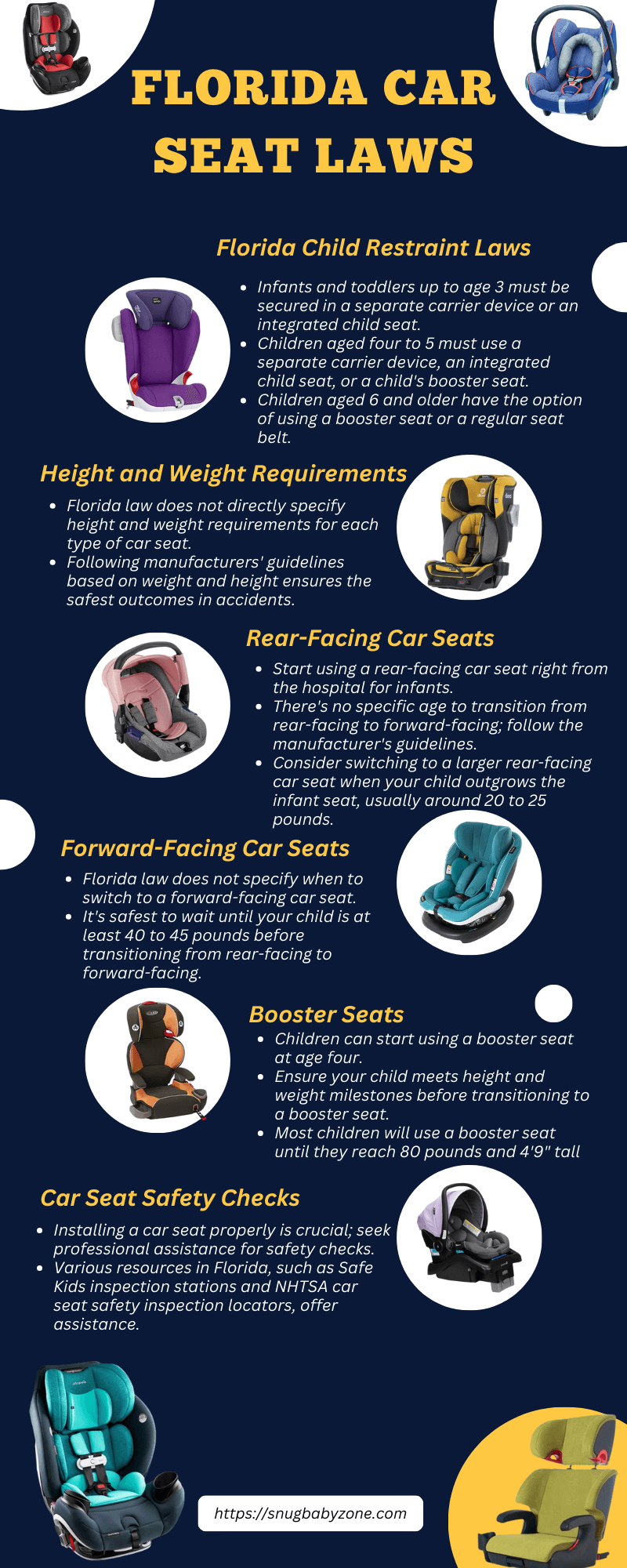
Birth to 3 years old:
For children aged birth to 3 years old, Florida law dictates that they must be securely fastened in a separate car seat, appropriate child restraint, or one integrated into the vehicle itself. This provision emphasizes the importance of rear-facing car seats during the early years of a child’s life, providing crucial protection in the event of a collision.
4 to 5 years old:
As children age, they transition to booster seats or continue using separate car seats or integrated restraints until they reach the appropriate age and weight for seat belt usage. Florida Car Seat Laws Height and Weight specifications ensure that children remain safely restrained until they are ready to transition to the next stage of seating.
6 years old and over:
Once children reach the age of 6, they can use a booster seat or fasten a regular seat belt. However, adhering to Florida’s guidelines regarding height, weight, and proper fit is essential to ensure optimal safety.
Understanding Height and Weight Requirements:
In Florida, height and weight take precedence over stature. Regardless of whether a child is above or below average height, the applicable law is determined by age, ensuring uniformity in safety standards. These regulations leave no room for exceptions, underscoring the state’s commitment to child passenger safety.
Penalties for Non-Compliance:
Failure to adhere to Florida’s car seat laws can result in penalties for parents or guardians. A fine of $60.00, along with three penalty points against the driver’s license, serves as a deterrent for non-compliance. Additionally, the court may opt for alternative measures, such as mandating attendance at a car safety program. These penalties highlight the seriousness of maintaining compliance with car seat laws in Florida.
Rear Facing Car Seat Laws:
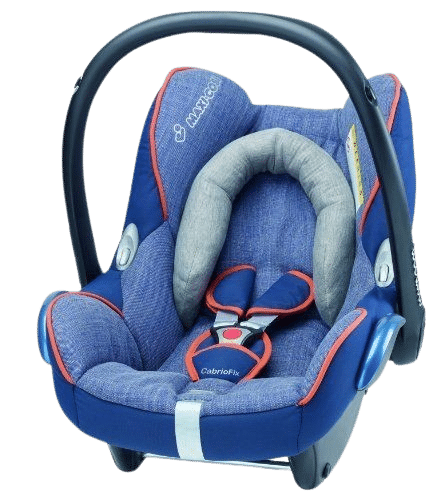
Experts advocate for the immediate placement of newborns in rear-facing car seats, offering optimal protection from birth. These seats should be used until the child reaches the weight limit specified by the manufacturer, typically around 20 to 25 pounds. While Florida law does not establish an exact age for transitioning to forward-facing seats, manufacturers’ guidelines should be followed for the child’s safety.
Forward Facing Making the Transition:
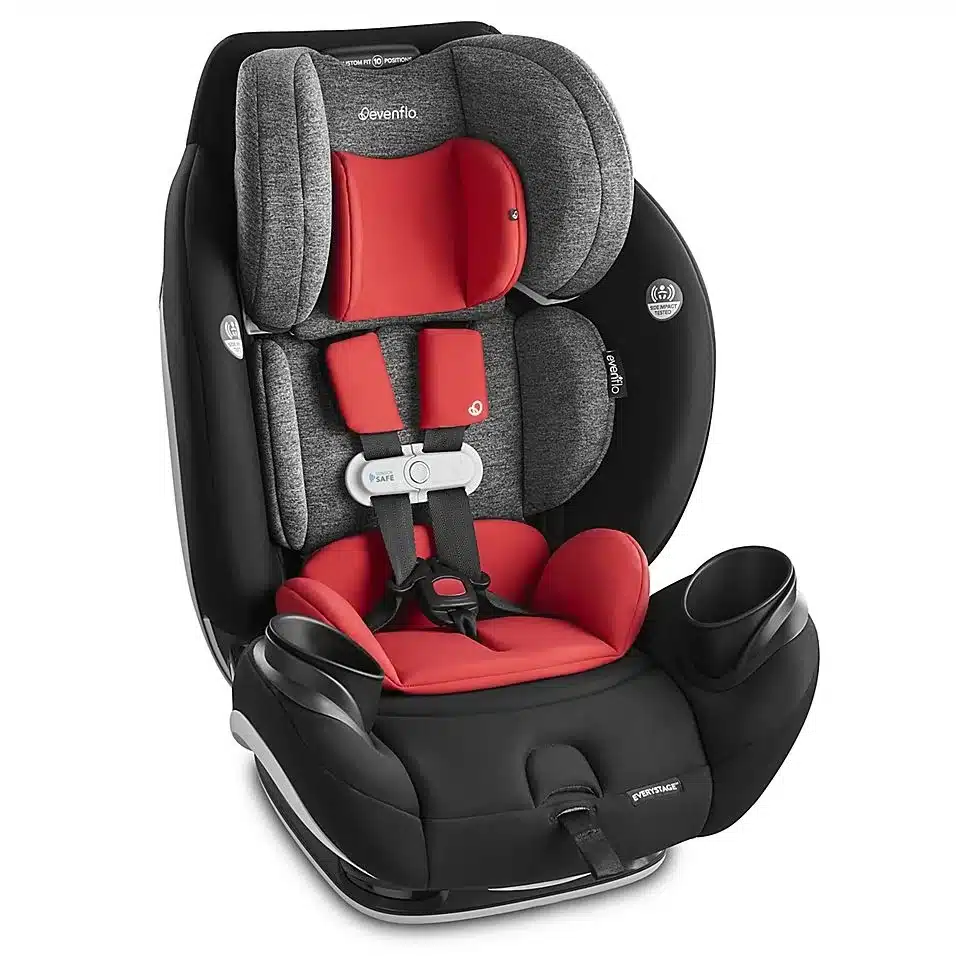
Manufacturer guidelines should inform the decision to switch from rear-facing to forward-facing car seats, as Florida’s laws do not provide specific instructions. Manufacturers typically recommend transitioning around 25 pounds, although individual circumstances may vary. Consulting the manufacturer’s guidelines ensures young passengers a smooth and safe transition.
Transitioning to Booster Seats:

Florida law mandates booster seats for children aged four and above, ensuring they have outgrown the weight or height limits of forward-facing car seats. Before transitioning to a booster seat, it’s essential to confirm that the child meets specific requirements, including outgrowing the internal harness of the forward-facing seat and being within the recommended weight and height ranges.
Utilising Seat Belts:
Seat belts are designed for adult passengers, and it’s crucial to wait until a child is around 10 or 11 years old before transitioning to seat belt usage. If a seat belt does not fit properly, a booster seat should continue to be used until the child can be safely restrained by the seat belt alone. Additionally, children are safest when seated in the back of the vehicle, away from potential airbag deployment zones.
Exceptions to the Florida Car Seat Law:
While Florida car seat laws are comprehensive, certain exceptions exist. Children with documented medical conditions that prevent the use of standard restraints may be exempt from the law. However, proper documentation from a qualified medical professional is required to validate such exemptions.
Final Verdict about Car Seat Laws in Florida:
Florida car seat laws are a vital component of ensuring the safety of young passengers on the state’s roads. By adhering to age, weight, and height requirements, parents and guardians can protect their children from the risks associated with vehicular travel. Compliance with these laws is not only a legal obligation but a moral imperative, safeguarding the most vulnerable members of our communities. As we strive for safer roads and fewer accidents, remember the importance of buckling up our little ones and ensuring they travel securely at all times.
Frequently Asked Questions about Car Seat Laws Florida:
- What are the most common car seat errors?
Everyday car seat errors include:
- Improper installation: Many car seats are installed incorrectly, either too loosely or not securely attached to the vehicle seat.
- Incorrect harness positioning: Straps may be too loose, twisted, or positioned incorrectly over the child’s shoulders.
- Using an expired or recalled car seat: Car seats have expiration dates and may be recalled due to safety concerns.
- Transitioning too early: Moving a child to the next car seat stage before they are ready can compromise safety.
- Bulky clothing under the harness: Thick clothing can create slack in the harness, reducing its effectiveness in a crash.
- Using aftermarket accessories: Items like seat covers or padding not approved by the car seat manufacturer can interfere with the seat’s safety features.
- Placing the car seat in the wrong location: Car seats should be installed in the back seat, away from airbags and other potential hazards.
- What car seats will be recalled in 2023?
- Specific car seat recalls vary by manufacturer and model. In 2023, car seat recalls were issued for defective buckles, faulty harnesses, or structural issues compromising safety.
- Parents and caregivers must stay informed about recalls by regularly checking the National Highway Traffic Safety Administration (NHTSA) website or registering their car seat with the manufacturer for recall notifications.
- How do you know if your car seat is terrible?
Signs of a potentially defective or unsafe car seat include:
- Visible damage: Cracks, dents, or broken parts can compromise the seat’s integrity.
- Expiration: Car seats have expiration dates, typically 6 to 10 years from the date of manufacture, indicated on the product.
- Recalls: Check for recalls by entering your car seat’s model and serial number on the NHTSA website or contacting the manufacturer.
- Wear and tear: Frayed straps, loose harnesses, or faded labels may indicate that the seat has reached the end of its usable lifespan.
- Incompatibility: Ensure the car seat is suitable for your child’s age, weight, and height and fits securely in your vehicle.
- Why does my child keep getting out of his car seat?
Children may try to escape their car seats for various reasons, including discomfort, boredom, or curiosity. To address this issue:
- Ensure the harness is snug and properly adjusted to prevent escape.
- Engage your child with toys, books, or music to keep them occupied during car rides.
- Use distraction techniques or provide incentives for staying seated, such as a small reward for good behaviour.
- Address any underlying discomfort, such as tight straps or uncomfortable clothing, that may be prompting your child to attempt escape.
- Consistently reinforce the importance of staying safely buckled in the car seat and establish clear expectations for behaviour during car rides.
Related Resource:



